Oona Libens
Plato and the Canary, 2024
Plato and the Canary is a virtual sculpture by Oona Libens, commissioned and acquired by the Museum of Contemporary Art. Presented as a spatial experience of a virtual cave, elements such as sound, light, shadow and a cloud comprise the sculpture: the changing shadow on the cave wall. A spatial, mutable and ephemeral digital object, Plato and the Canary explores the physical aspects and impacts of today’s digital technologies.
From shadow play to virtual sculpture
Shadow play, one of the earliest and simplest forms of moving pictures, has three components: a light source, an object and a screen or wall. Most of us have probably tried making shadow animals with our hands in the light of a lamp. Shadow play has long been central to the work of the Belgian-Swedish artist Oona Libens, and it is the starting point for her virtual sculpture Plato and the Canary.
Libens’s virtual sculpture can be experienced in different versions for the computer and smartphone/tablet, or as a download. The viewer enters a dark virtual cave. In the centre, there is a cloud that is constantly changing its shape. Here and there, holes in the cave walls let in a little light. As you move around, the soundtrack unfolds and different aspects of the cave, the cloud and its shadow are revealed. Plato and the Canary has all the components of a digital shadow play. A light source, cloud and wall make up the sculpture: the changing shadow on the cave walls.
The best known shadow play in history is surely Plato’s allegory of the cave, a cornerstone of Western epistemology. A group of people trapped in the cave only see life outside as shadows projected on the wall, simplified copies of the outside world. Were they ever to leave the cave, they would be blinded by the light and the realization of what the world is really like. Likewise, the digital world is made up of copies. But the shadows in the cave and the digital realm also share other immediately immaterial, mutable and inaccessible qualities. These qualities do not stand in contrast to the material reality. They exist because of it. Making this artwork, Libens similarly worked with converted analogue to digital. The cave is a 3D-scanned plaster model, while the cloud’s texture is the product of analogue image processing of moss. Unlike Plato’s cave, there is no hierarchy in Libens’s work between the shadow and the outside world, or between digital and analogue. They are interdependent.
I started thinking a lot about what a virtual sculpture could mean. I find the term “virtual”, as in virtual sculpture, a fascinating concept. The idea is often maintained that it is intangible, without substance, somehow out of reach — Oona Libens
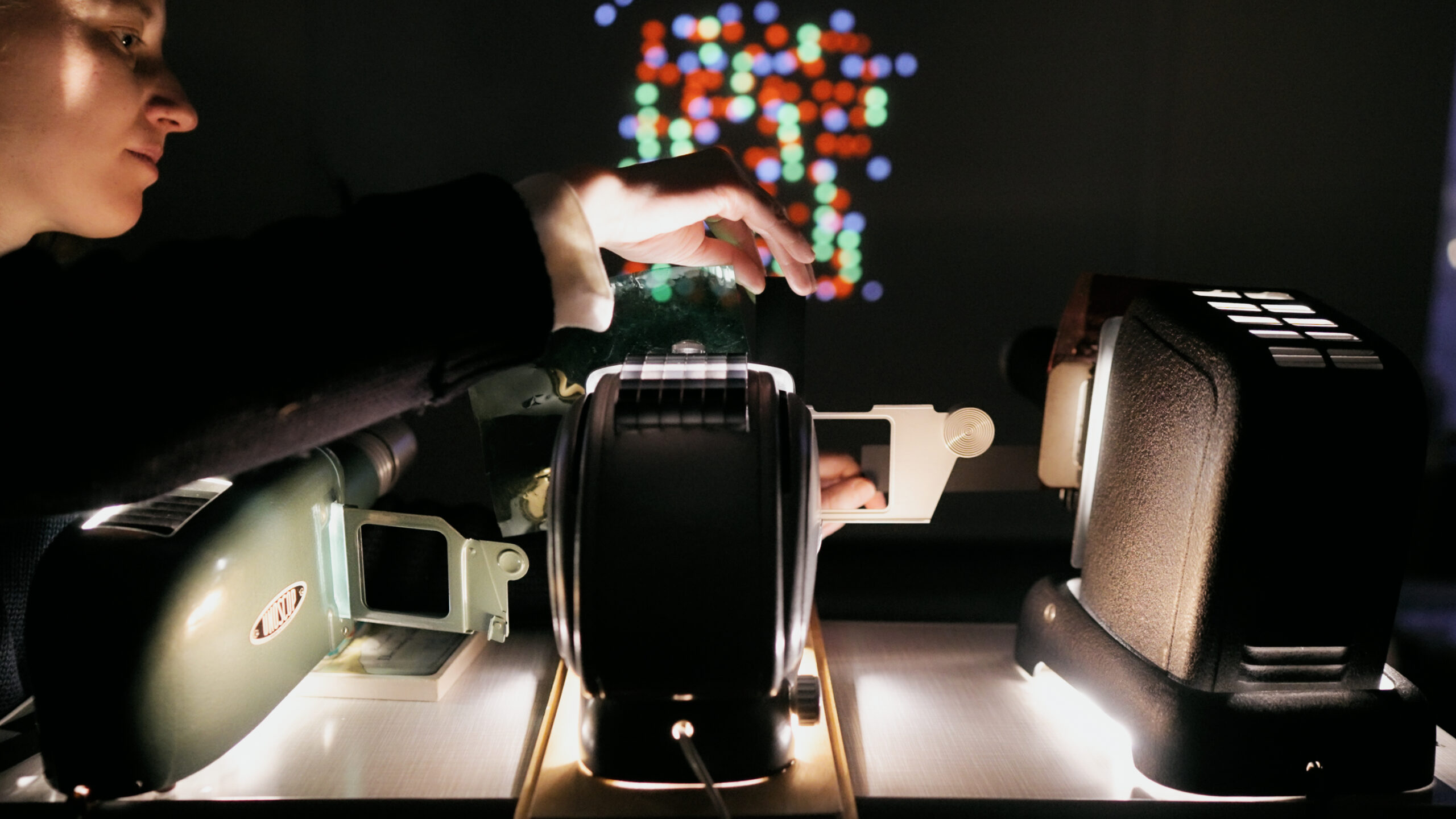
Photo by Wannes Cré
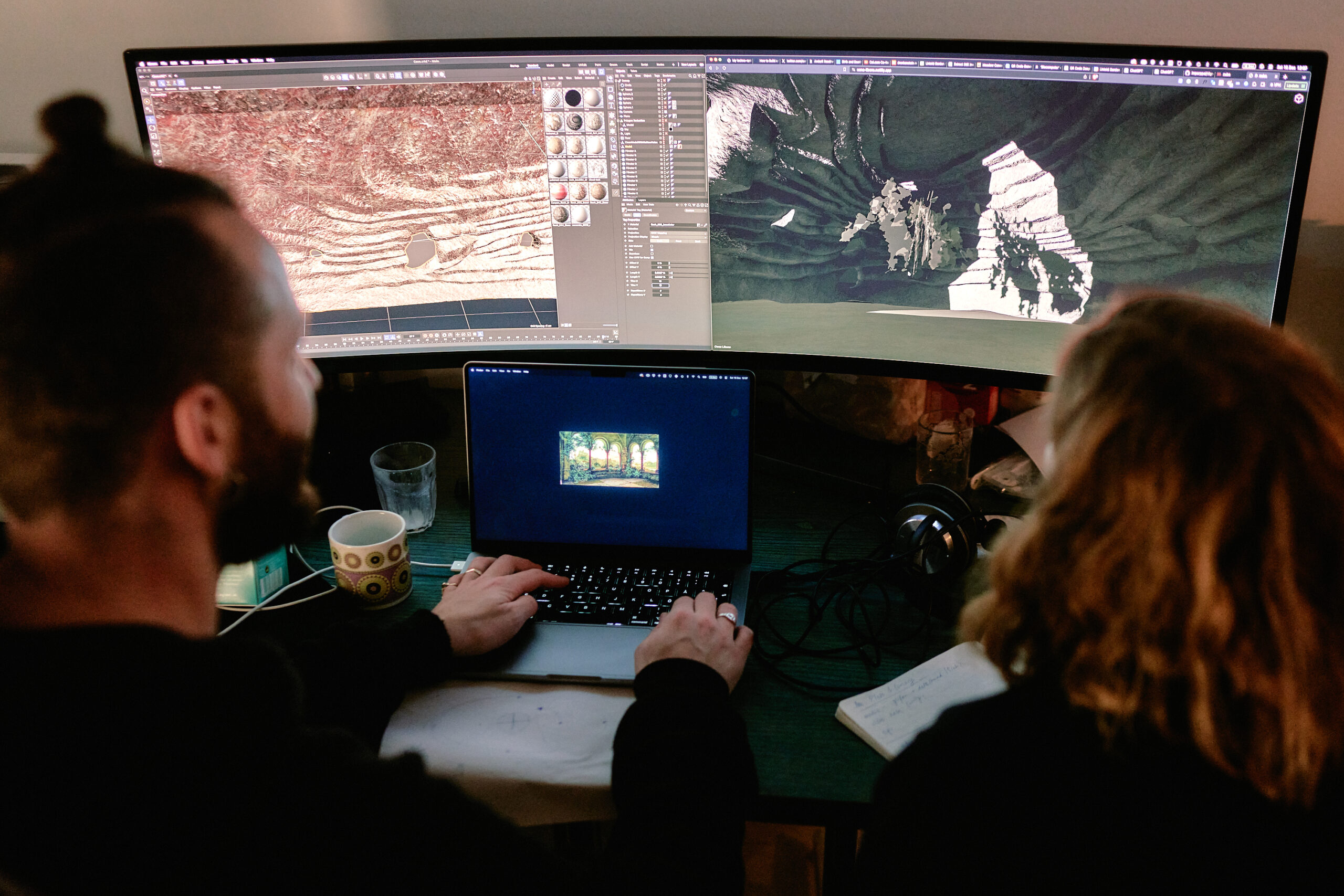
Photo by Wannes Cré
Experience the work
Plato and the Canary is part of the Museum of Contemporary Art’s three-year project Virtual Sculptures, an open collection of digital sculptures free for anyone to access and download. Plato and the Canary is released online in several versions. In the browser version, you can explore the cave by using the arrow keys. The app, meadow, offers an augmented reality version. The virtual sculpture, the shadow of the cloud, is free to download, animate and modify.
Plato and the Canary is created in partnership with Untold Garden and realized with support from the Augustinus Foundation. The plaster model is produced by Zoë Vermeire, with video manipulation by Linnea Lidegran.
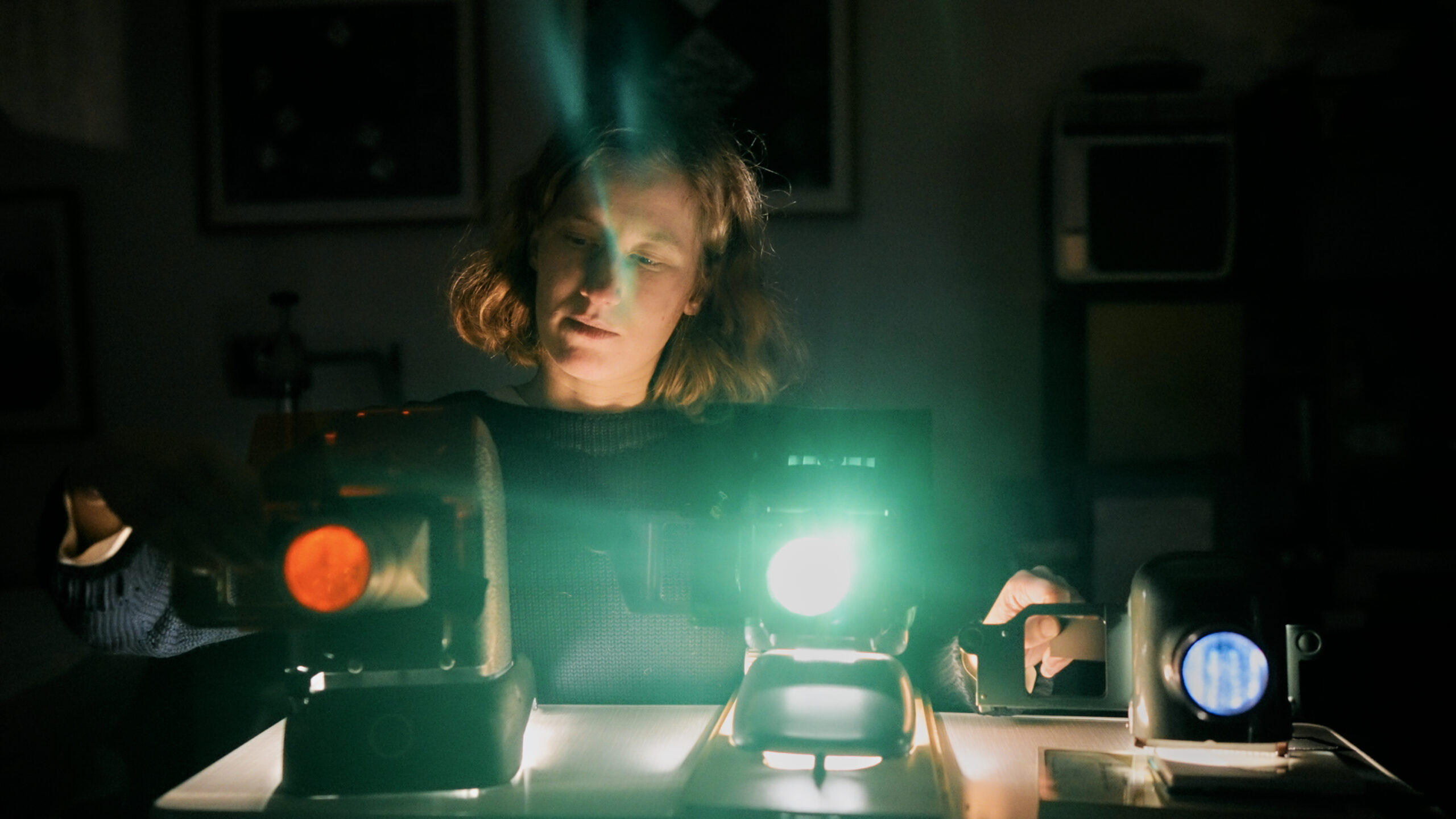
Photo by Wannes Cré
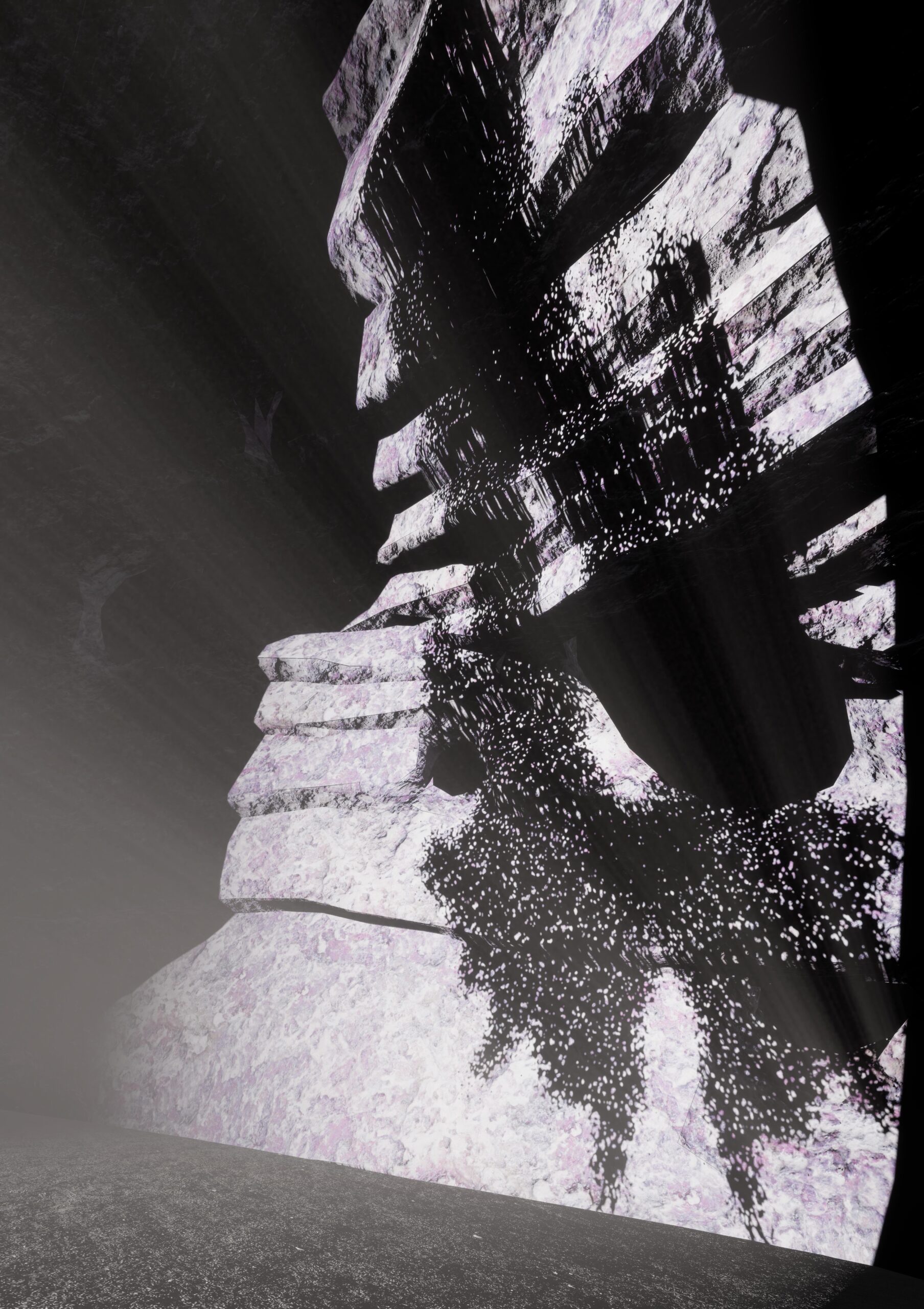
Digital rendering
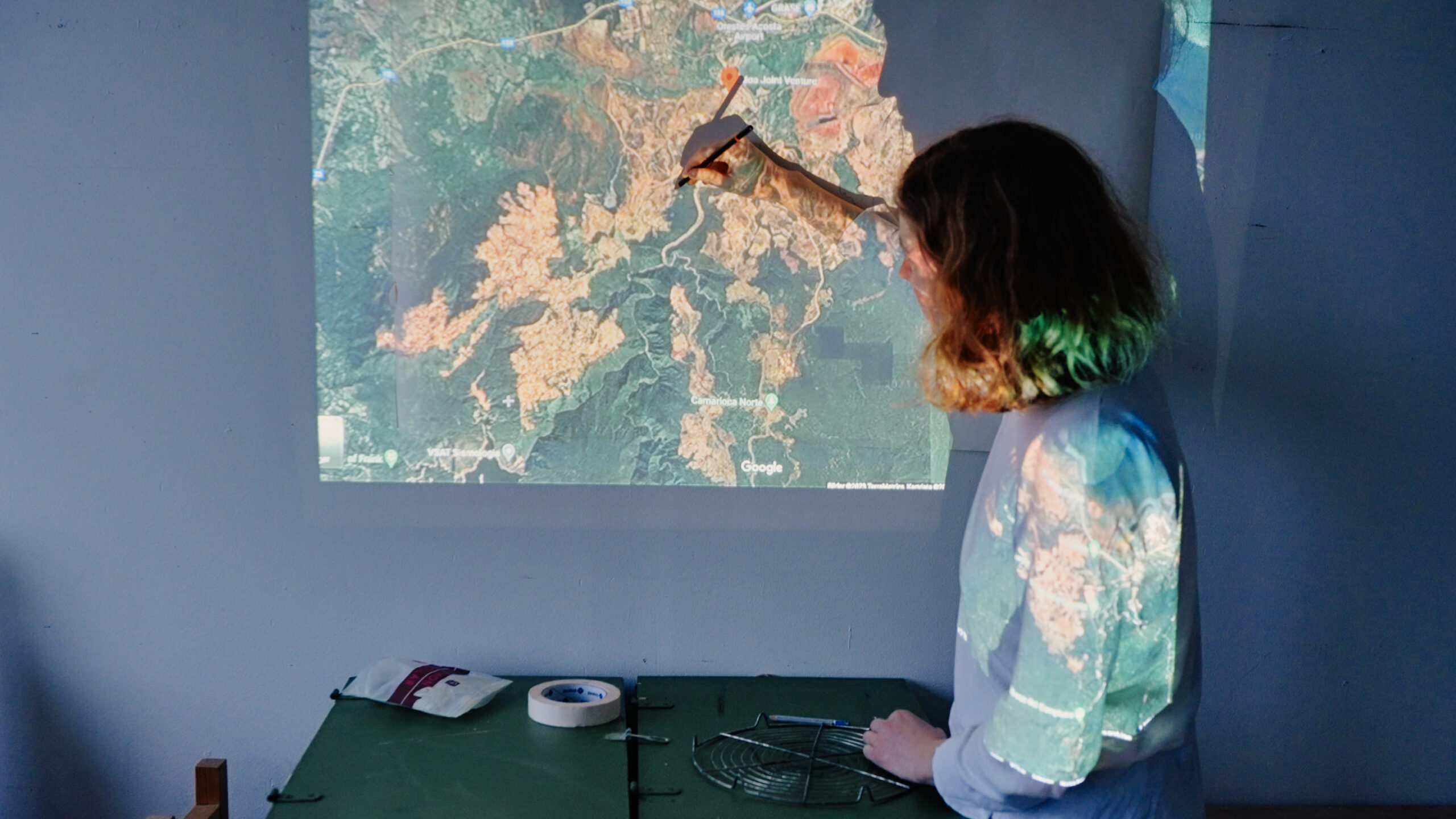
Photo by Wannes Cré
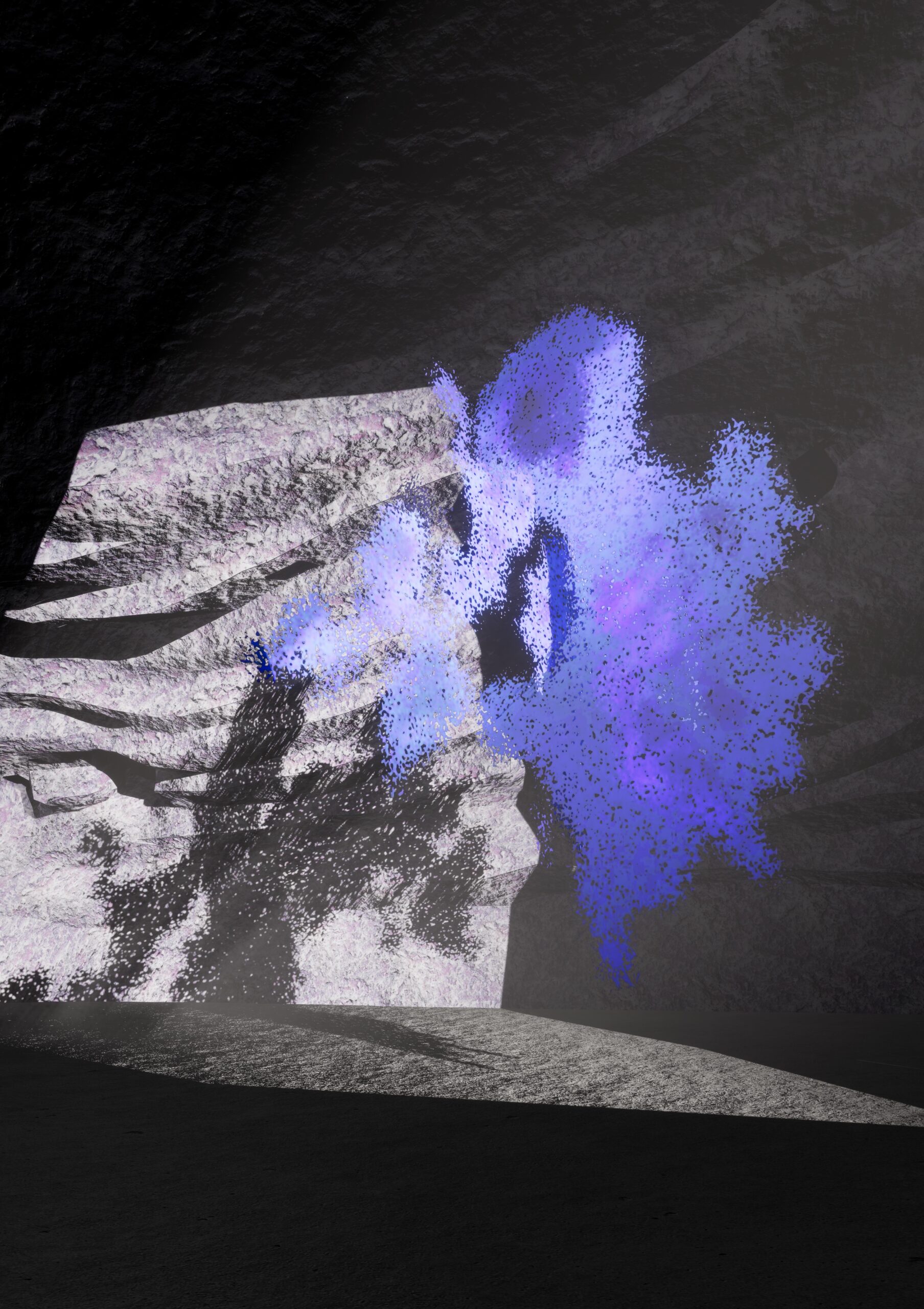
Digital rendering
The Cloud, mines and canaries
At the centre of the cave, a blue cloud is suspended. The Cloud is data storage that has become increasingly central to our professional and personal lives. Perceived as an infinite immaterial archive of our online lives, The Cloud includes everything from personal data and banking transactions to images and memories. In actuality, The Cloud is neither invisible nor immaterial. In Plato and the Canary, the cave and the outline and shadow of the cloud are formed from Google Maps images of mines, sources of the gold, lithium, copper and other precious raw materials used to make smartphones and computers. The soundtrack in the cave includes imitated bird sounds and the fluttering of wings. Canaries were once used in the mining industry to warn miners about the presence of toxic gases. The birds had a practical function, a job, testifying to the capitalization of natural resources and the gruelling working conditions that are still endured by many people in the mining industry.
Extreme accessibility, user-friendliness and slick design promote the image of an infinite and immaterial digital realm, when in fact it is connected to the physical world by fibre-optic cables and stored in vast server farms. The historical development from looms to punch cards, binary code and algorithms also testifies to the physical aspects of technology and their impact on the world today. This is far from evident when we effortlessly move around computer code with our finger on a screen, especially the real-world impact of the algorithms that shape our digital lives. Likewise, in Plato and the Canary, we can’t take in the whole cave at once. Instead, we are invited to take our time exploring and reflecting on different aspects of the whole.
The digital and virtual realm does not exist on its own; it is not made of nothing. The cloud is not weightless or invisible. Virtual infrastructure consists of rare metals and minerals mined for components, and a huge amount of energy is needed to keep enormous server parks running — Oona Libens
Plato and the Canary is an aesthetic and speculative investigation of the relationship between the digital and physical realms, and of where and how they merge. In augmented reality, the viewer’s actual surroundings remain visible onscreen. You can move the virtual cloud around by blowing on the screen.
Posing urgent questions, Libens’s virtual sculpture prompts us to re-examine our relationship to the virtual world, challenging our notions of what a sculpture is.
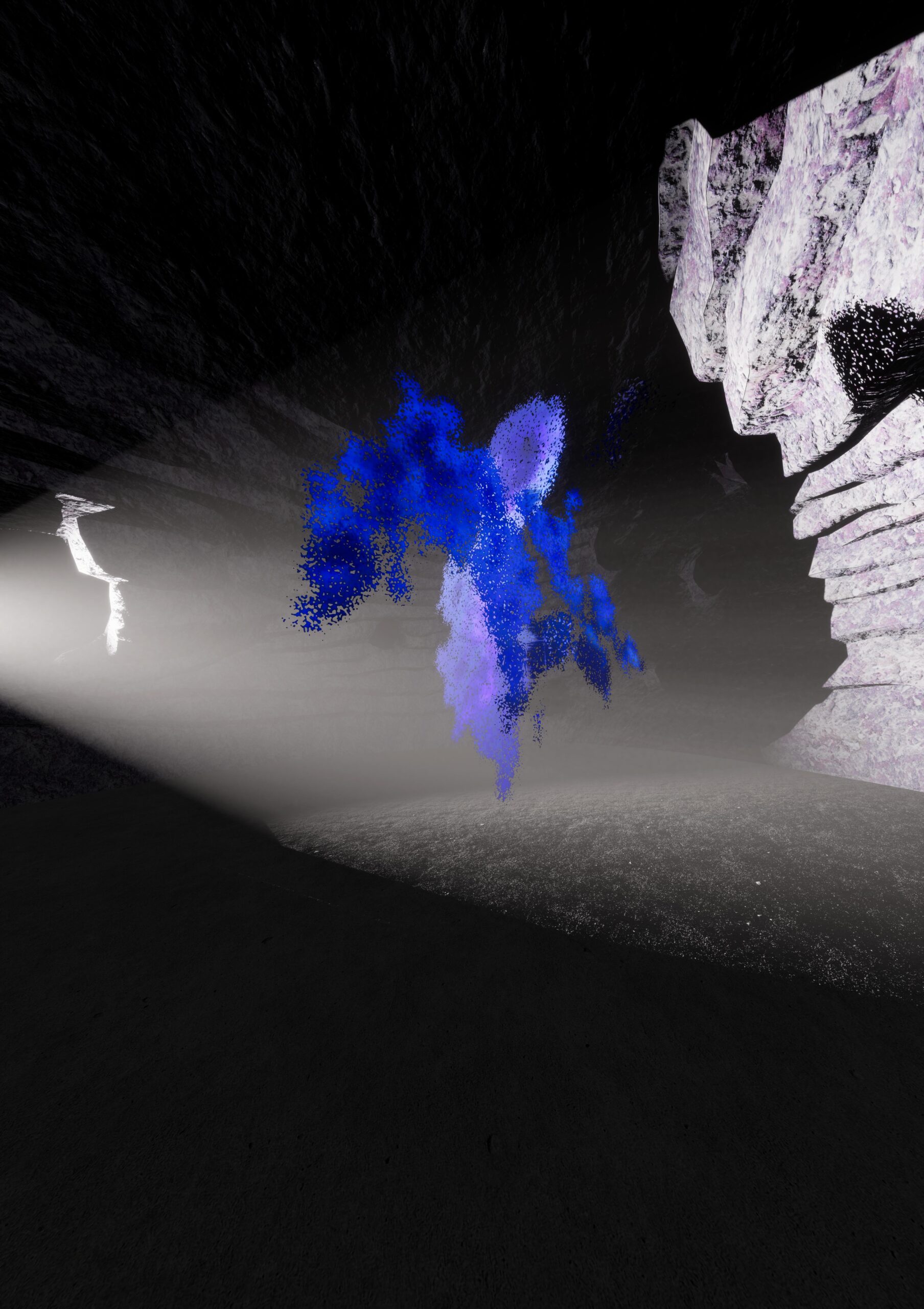
Digital rendering of Plato and the Canary
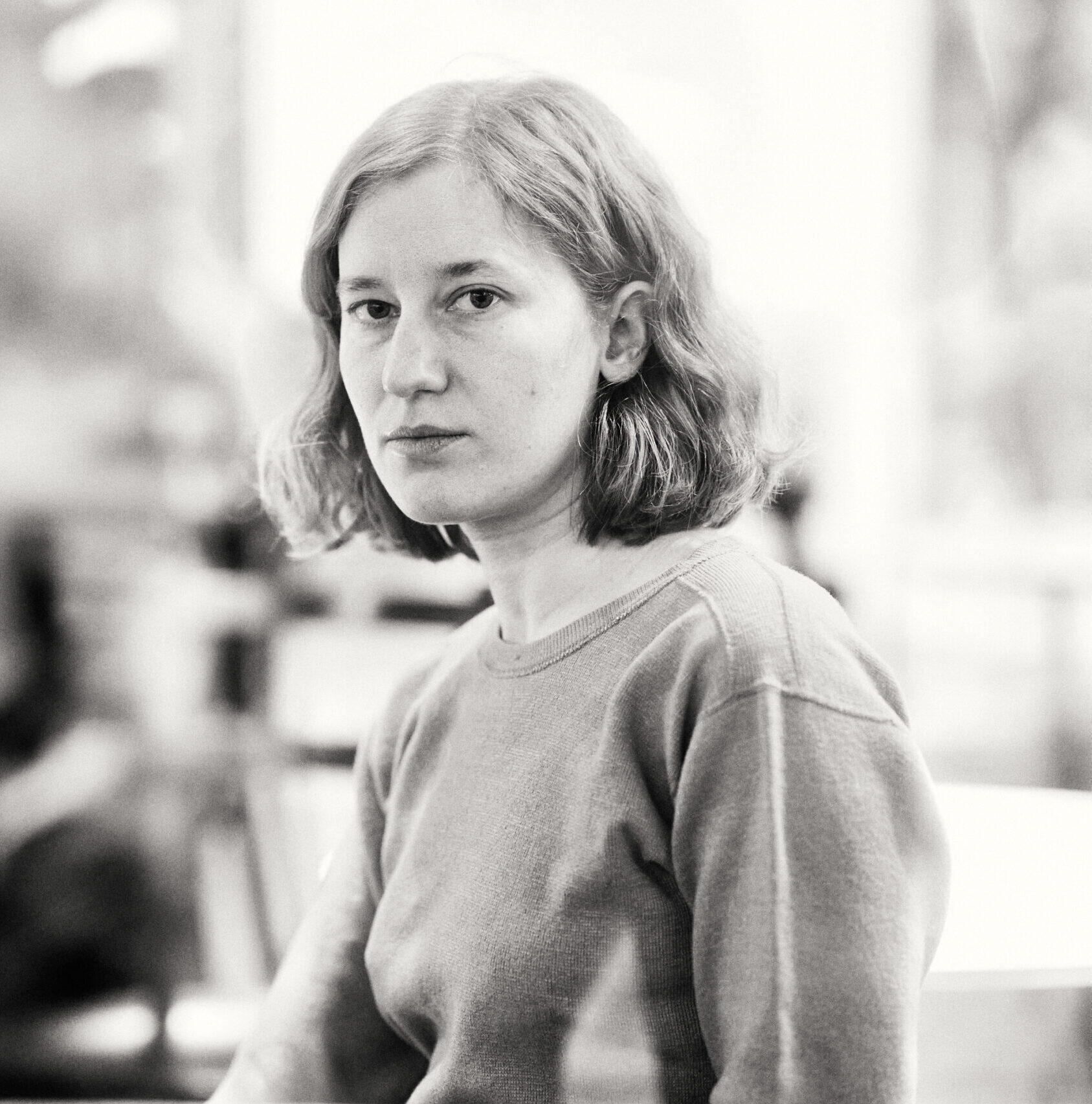
Oona Libens
The work of Oona Libens (she/her, b. 1987, Belgium/Sweden) revolves around media archaeology and the history of (moving) images. In performative installations and lectures, Libens creates intimate analogue virtual worlds, using historical and contemporary media phenomena – from shadow play and slide projectors to computers, smartphones and Google – to examine how technological inventions have shaped science and our worldview.
Libens, who graduated from KASK (Royal Academy of Fine Arts, Ghent) in 2012, has exhibited amongst others at Inkonst in Malmö, Sweden (2023); Skogen in Gothenburg, Sweden (2023); STUK House of Dance, Image and Sound in Leuven, Belgium (2022); Bozar in Brussels, Belgium (2018); and the International Film Festival Rotterdam, Netherlands (2017). Plato and the Canary is Libens’s first digital artwork. She lives and works in Malmö.
oonalibens.com